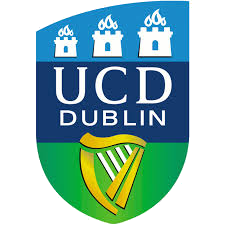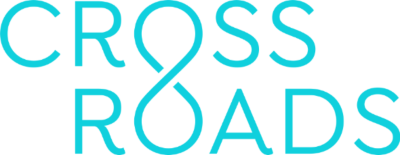
Home Meet the People Explore the Timeline
This online exhibition presents the Early Middle Ages as a period of transformation when cultural exchange was reflected in the development of different regional cultures in Europe from Ireland to the Mediterranean, from the Baltic to Greece and Spain. The overarching themes of connectivity and diversity give shape to individual elements such as the heritage of the ancient Roman Empire, the effects of travel and the impact of war, the representation of identity and the connection of knowledge and faith.
Explore the objects and events of the period through the interactive timeline and through the stories of the travellers and pilgrims who inspired and influenced ideas in art, religion, diplomacy and change.
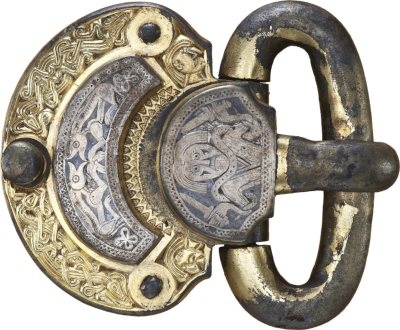
The interactive timeline is an interactive visualisation of the objects, people and events of the period. Move the slider along the timeline and explore the objects, events and journeys of the time. Objects can be viewed in 3D or through stories associated with them.
Each object is connected via different themes such as knowledge, faith and identity and comparisons can be made between the connected objects. Travelers and their journeys can be tracked and explored on the timeline map. Events throughout the period are tracked in space and time.
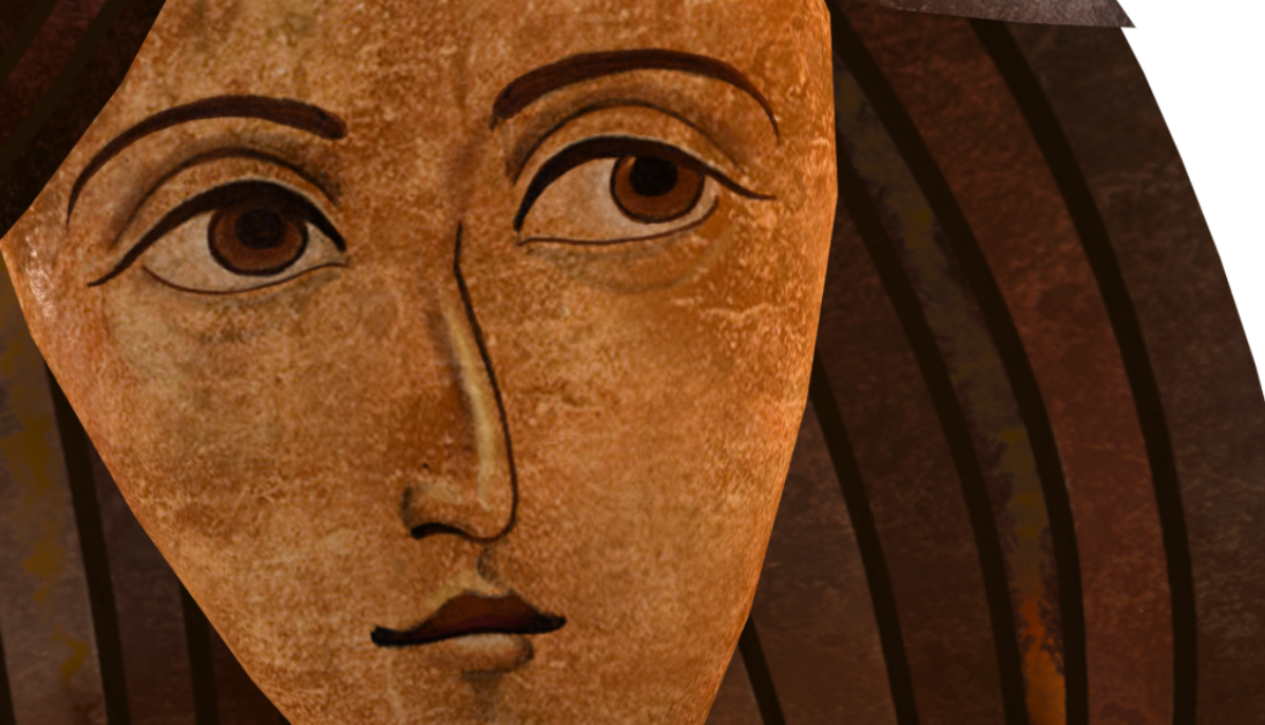
Across the centuries, religious pilgrims journeyed vast distances, carrying faith in their hearts. Diplomats brought gifts and goodwill from one kingdom to another. Trade, too, opened new networks and exotic items were taken great distances. Physicians travelled with cures. Scholars taught ancient history to young minds. And explorers sought out new adventures beyond the borders of the known world.
Explore the stories and journeys of some of these travellers as they travel across the continent, from an elephant making its way from Baghdad to Aachen, to Irish missionaries spreading across Northern Europe from Ireland.
Crossroads virtual exhibition is a part of the Connecting Early Medieval European Collections CEMEC project. It has been designed to highlight the many connections that can exist between artefacts within European Museums’ collections. The main focus of the website is to support research and education and to promote connections between European collections.
The website comprises of interactive tools such as: animations on Medieval Travellers, The Cross Cultural Timeline (CCT) and educational toolkit. The teaching scenarios aim to provide high quality learning opportunities tailored to meet the needs of lecturers, academics and students of third level education and adult education.
The toolkit explores themes: connectivity, diversity, faith, knowledge, identity and social structures, warfare, travel and heritage of Rome. It uses a range of teaching scenarios including an interactive timeline, animations, 3D scanned objects and contextual reconstructions to illuminate this complex period for education.
This bronze belt buckle from the Hungarian National Museum was found in a grave at Kölked, a large Avar settlement. The beautiful buckle is decorated with fighting beasts who are biting each other, and a man in the middle. But who is that man in the middle? He is wearing a sword in each hand while wrestling a snake-like monster. Maybe he is Thyr, the German god of storm and war? Or he might be a forgotten hero or god from the many Germanic legends…
This object is a computer-generated image of The Shrine of St. Patrick's Bell, the original of which can be found in The National Museum of Ireland. The Bell Shrine, a reliquary, was made in somewhere in the 12th century, in order to house The Bell of St. Patrick, an object which was believed to perform miracles. Explore the timeline and view other objects and artefacts from this period.

